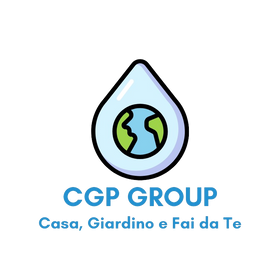Home water purifiers: Comparison between Microfiltration, Ultrafiltration and Reverse Osmosis
Home water purifiers - In this article, we will look at the differences between three of the most common water purification systems: microfiltration, ultrafiltration And reverse osmosis.
Microfiltration
Microfiltration is the most basic filtration method and is based on passing water through a semipermeable membrane with pores measuring between 0.1 and 10 microns. This membrane can remove solid particles such as silt, rust and bacteria, but not viruses or organic contaminants.
Pro
- Economic
- Easy to install and maintain
- Reduces the amount of silt, rust and bacteria in the water
Against
- It does not eliminate viruses or organic contaminants
- May be inefficient at removing chlorine
Discover our entire Microfiltered Line
Ultrafiltration
Ultrafiltration is a more effective filtration method than microfiltration and is based on the passage of water through a semipermeable membrane with pores measuring between 0.005 and 0.01 microns. This membrane can remove smaller solid particles, including viruses and bacteria, but not organic contaminants or mineral salts.
Pro
- Eliminates viruses and bacteria from water
- Reduces the amount of silt, rust and bacteria in the water
- Eliminates Chlorine
Against
- More expensive than microfiltration
- It is not suitable for certain waters or if you want the Fixed Residual below 100
Discover our entire Ultrafiltered Line
Reverse osmosis
Reverse osmosis is the most effective filtration method and is based on the principle that pure water tends to move from a less concentrated solution to a more concentrated one through a semipermeable membrane from 0.0001 to 0.0005 micron. In a reverse osmosis system, pressure is applied to the feed water to force the water through the semipermeable membrane, separating the mineral salts from the water.
Pro
- Eliminates viruses, bacteria, organic contaminants
- It does not require frequent maintenance
- Eliminates Chlorine
- It does not produce distilled water, it still has mineral salts
- Adjust the Fixed Residual
Against
- Prices Variable Based on Machine Power (GPD)
Discover our entire Reverse Osmosis Line
Comparison table
| Function | Micro | Ultra | Reverse osmosis |
|---|---|---|---|
| Removal of solid particles | Silt, rust, bacteria | Viruses, bacteria, slime, rust | Viruses, bacteria, organic contaminants, mineral salts |
| Chlorine removal | Effective | Effective | Effective |
| Cost | Economic | Intermediate | Very expensive |
| Maintenance | Easy | Intermediate | Intermediate |
| Membrane | Pores from 0.1 to 10 microns | Pores from 0.005 to 0.01 microns | Pores from 0.0001 to 0.0005 microns |
Conclusion
The best Home water purifiers depend on your specific needs. If you need to remove only solid particles, the Microfiltration is a good option.
If you need to remove viruses and bacteria, ultrafiltration is a better choice. What if you need the purest water possible, reverse osmosis is the best solution.
Do you need further clarification? Click here and let yourself be guided by our specialists

